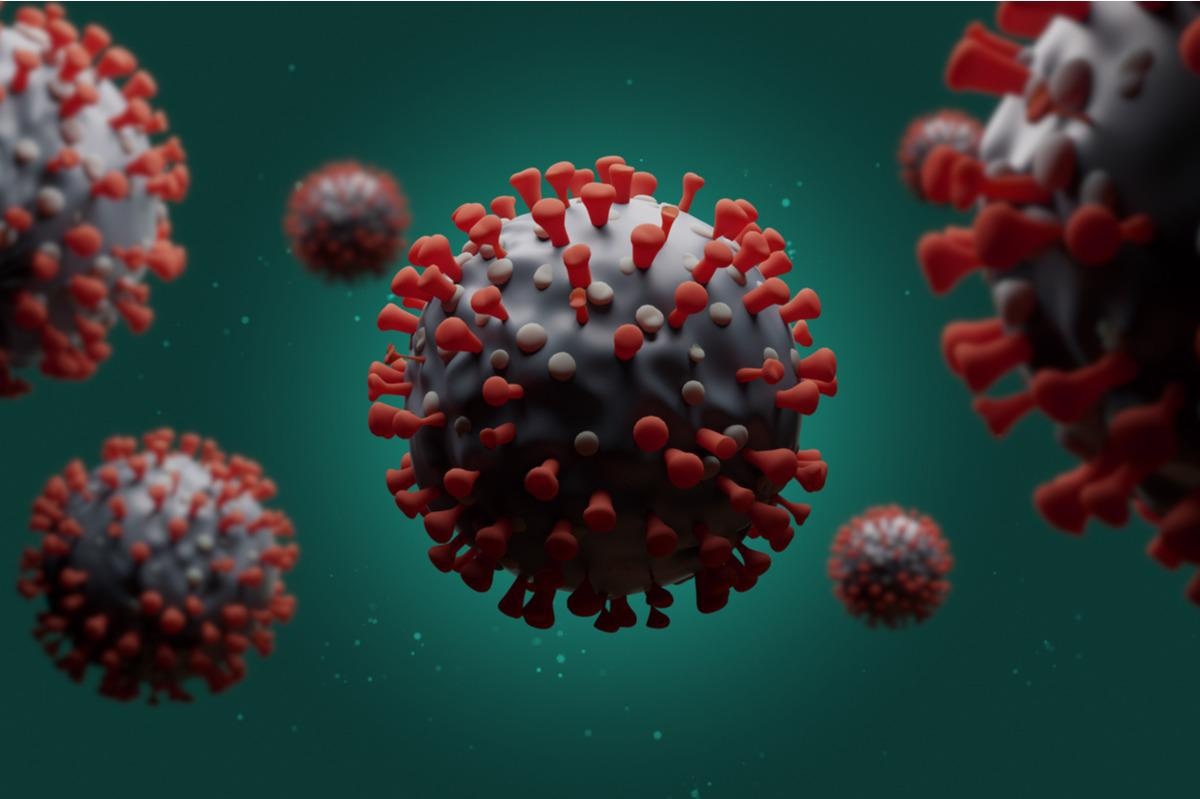Investigating SARS-CoV-2 detection using Raman microscopy
A recent study posted to the Research Square* preprint server, and currently under consideration at a Nature Portfolio Journal, investigated the specific intracellular signature of severe acute respiratory syndrome coronavirus 2 (SARS-CoV-2) infection using Raman microscopy.

Background
To date, there have been over 480 million confirmed cases of coronavirus disease 2019 (COVID-19) worldwide, including over 6.1 million deaths. This necessitates a thorough understanding of the mechanisms of cell modifications induced by SARS-CoV-2 to develop efficient tools for diagnosis and treatment.
About the study
The present study used spontaneous Raman spectroscopy to analyze the biochemical modifications caused due to SARS-CoV-2 infection in human cells.
The team collected Vero E6 cells from African green monkey kidney cells and SARS-CoV-2 isolate samples. The Vero cells were infected with SARS-CoV-2 or measles virus (MeV) for 24 hours followed by cell fixation and dehydration. The time point of Raman microscopy was noted in the initial analysis to observe the impact of viral infection on cells. SARS-CoV-2-infected cells were also assessed by electron microscopy to observe the viral infection as well as visible intracellular modifications caused by the virus.
In the Raman spectra, the dissimilarity between the virus-induced alterations in the infected cells was visualized by calculating the difference between the mean Raman spectra of the non-infected (control) and the SARS-CoV-2- and MeV-infected cells. Also, the team generated different Raman spectra for each intracellular component between SARS-CoV-2- and MeV-infected cells. The differentiation between SARS-CoV-2-infected, MeV-infected, and non-infected cells was visualized via principal component analysis (PCA).
The team also used a supervised machine learning algorithm-support vector machine (SVM) to classify the SARS-CoV-2-infected, MeV-infected, and non-infected cells. Two-class SVMs were used to visualize the chemical alterations between the cells.
Results
Transmission electron microscopy (TEM) images showed the presence of viral particles indicating viral production and/or attachment of the virus to the plasma membrane for cell entry. Also, intracellular organelles consisting of viral elements were observed inside the cell cytoplasm, near the mitochondria and nucleus, suggesting the presence of SARS-CoV-2-derived viral replicative factories. Overall, these observations showed that viral production was active in the cells and visible 24 hours after infection.
Chemical profiling of the SARS-CoV-2- and MeV-infected cells showed that the Golgi-mitochondria bodies and nucleus were mainly observed in the C-H stretching region on the Raman peak profile. Also, the spectra showing the difference between Golgi-mitochondria bodies and cytoplasm found the two components visible at 790 cm-1 and 788 cm-1, respectively. Notably, the positive peaks in the Raman spectra belonged to the SARS-CoV-2-infected cells while the negative peaks corresponded to MeV-infected cells.
The team also observed that the SARS-CoV-2-infected cells had symmetric CH2 vibrations of lipids, ring breathing modes of the deoxyribonucleic acid/ribonucleic acid (DNA/RNA) bases, strong C-O band of ribose, tryptophan vibrations, and C-C twisting mode of phenylalanine, while MeV-infected cells had proteins. Altogether, the alterations in Raman spectra observed between the MeV and SARS-CoV-2-infected cells indicated that the changes were particular to that virus type.
The non-infected Raman spectra was distinct from the infected cell spectra indicating significantly different chemical profiles of the infected and the non-infected cells. Also, the Raman spectra generated from the nucleus of the two infected cells were more distinct from each other as compared to that of the cytoplasm and Golgi-mitochondria bodies.
Notably, the team found more significant levels of tyrosine in MeV-infected cytoplasm while tryptophan was higher in SARS-CoV-2-infected cells.
Furthermore, the difference spectrum indicating the contrasts in the mean Raman spectrum in the non-infected and the MeV-infected cells showed remarkable chemical differences in the lipids, proteins, nucleic acids, and carbohydrates. The SVM model also showed differences between MeV-infected and SARS-CoV-2-infected cells in the presence of more proteins and nucleic acids in MeV-infected cells while SARS-CoV-2-infected cells had higher lipid and tryptophan levels.
Conclusion
The study findings showed that the detection of SARS-CoV-2 using Raman spectra is sufficiently accurate, sensitive, and specific in COVID-19 detection.
The researchers believe that the development of label-free, inexpensive methods of SARS-CoV-2 detection based on Raman spectra peaks could prove essential to medical centers. Furthermore, Raman spectroscopy can also allow the detection of novel biochemical markers that could indicate a viral infection.
*Important notice
Research Square publishes preliminary scientific reports that are not peer-reviewed and, therefore, should not be regarded as conclusive, guide clinical practice/health-related behavior, or treated as established information.
- Hamideh Salehi, Anuradha Ramoji, Said Mougari et al. (2022). Specific Intracellular Signature of SARS-CoV-2 Infection Using Confocal Raman Microscopy. Research Square. doi: https://doi.org/10.21203/rs.3.rs-1439575/v1 https://www.researchsquare.com/article/rs-1439575/v1
Posted in: Medical Science News | Medical Condition News | Disease/Infection News
Tags: Bases, Breathing, Cell, Coronavirus, Coronavirus Disease COVID-19, covid-19, Cytoplasm, Dehydration, DNA, Electron, Electron Microscopy, Intracellular, Kidney, Lipids, Machine Learning, Measles, Membrane, Microscopy, Mitochondria, Phenylalanine, Raman Spectroscopy, Research, Respiratory, Ribonucleic Acid, RNA, SARS, SARS-CoV-2, Severe Acute Respiratory, Severe Acute Respiratory Syndrome, Spectroscopy, Syndrome, Tryptophan, Tyrosine, Virus

Written by
Bhavana Kunkalikar
Bhavana Kunkalikar is a medical writer based in Goa, India. Her academic background is in Pharmaceutical sciences and she holds a Bachelor's degree in Pharmacy. Her educational background allowed her to foster an interest in anatomical and physiological sciences. Her college project work based on ‘The manifestations and causes of sickle cell anemia’ formed the stepping stone to a life-long fascination with human pathophysiology.
Source: Read Full Article


